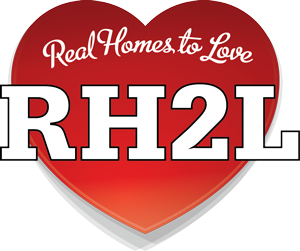The Steps to Buy a House involve several aspects, and here’s a simplified explanation of how it typically works:
- Saving for a Down Payment: The first step is to save money for a down payment. This is a portion of the total price of the house that you need to pay upfront. Saving for a down payment might take some time, but it’s an important part of the process.
- Understanding Your Budget: Before you start looking for a house, it’s essential to determine how much you can afford. Consider your income, expenses, and any existing debts you have. This will help you figure out a comfortable budget for your home purchase.
- Getting Pre-approved for a Mortgage: Unless you’re buying a house outright with cash, you’ll likely need a mortgage, which is a loan specifically for purchasing a home. To get pre-approved for a mortgage, you’ll need to provide some financial information to a bank or lender. They’ll assess your financial situation and let you know how much they are willing to lend you.
- Finding a Real Estate Agent: A real estate agent is a professional who helps you find a house that suits your needs and budget. They have access to listings and can guide you through the buying process. Look for a reputable agent who understands your requirements. If you are reading this post – then you are already on the way to finding your Best Realtor of choice! 😉
- House Hunting: With the help of your real estate agent, you can start looking for houses that match your preferences. Consider factors like location, size, amenities, and price. Visit different properties, take notes, and ask questions to gather information.
- Making an Offer: When you find a house you like, you can make an offer to the seller. Your real estate agent will help you with this process. You negotiate the price and terms of the purchase, including any contingencies (such as inspections or repairs) that need to be met.
- Home Inspection: Before finalizing the purchase, it’s crucial to get a professional home inspection. An inspector will examine the house for any potential problems or repairs needed. This will help you make an informed decision about whether to proceed with the purchase or negotiate repairs with the seller.
- Closing the Deal: Once you’re satisfied with the inspection results and have secured your financing, you’re ready to close the deal. This involves signing legal documents, including the mortgage agreement and the deed, which transfers ownership to you. You’ll also need to pay closing costs, which include fees for various services related to the transaction.
- Moving In: Congratulations! After closing the deal and receiving the keys, you can move into your new home. You may need to arrange for utilities, such as electricity, water, and internet service, and make any necessary updates or repairs to personalize your space.
Remember, buying a house is a significant financial decision, so take your time, ask questions, and seek advice from professionals along the way.
